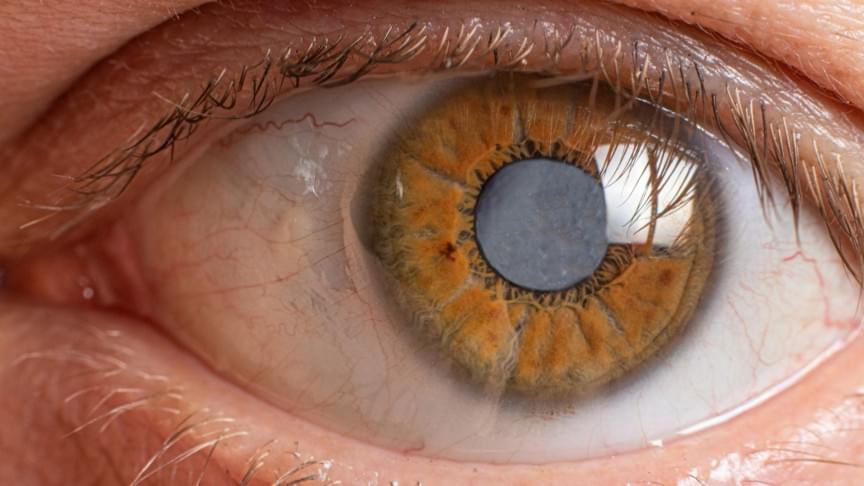There’s a key aspect of quantum computing you may not have thought about before. Called ‘quantum non-demolition measurements’, they refer to observing certain quantum states without destroying them in the process.
If we want to put together a functioning quantum computer, not having it break down every second while calculations are made would obviously be helpful. Now, scientists have described a new technique for recording quantum non-demolition measurements that shows a lot of promise.
In this case, the research involved mechanical quantum systems – objects that are relatively large in quantum computing terms, but exceedingly tiny for us. They use mechanical motion (such as vibration) to handle the necessary quantum magic, and they can be combined with other quantum systems too.





